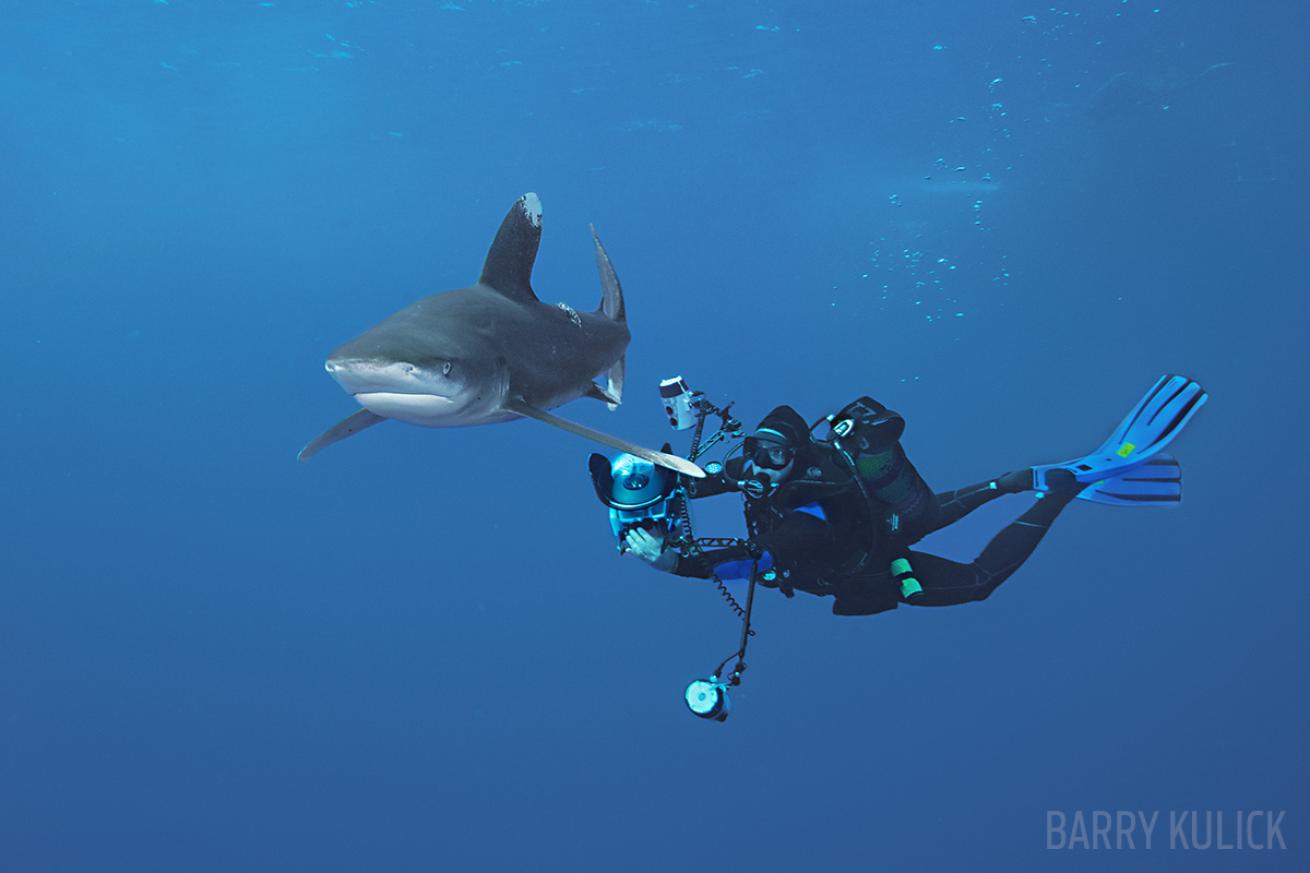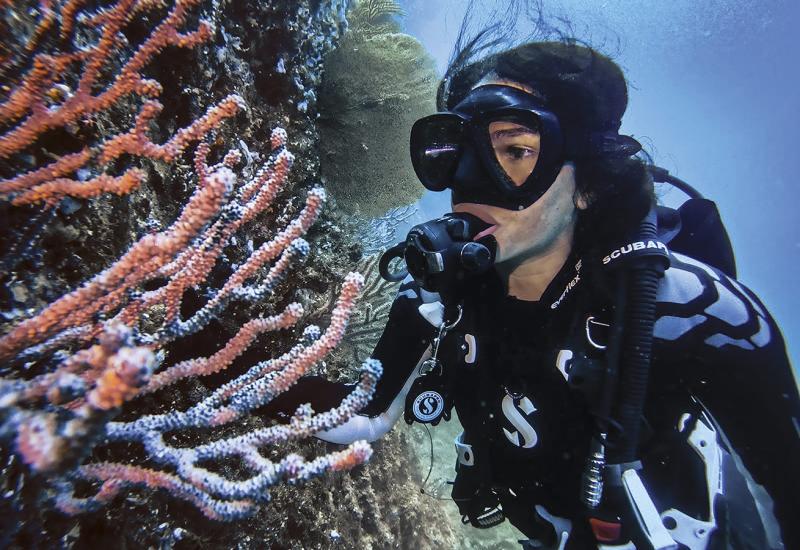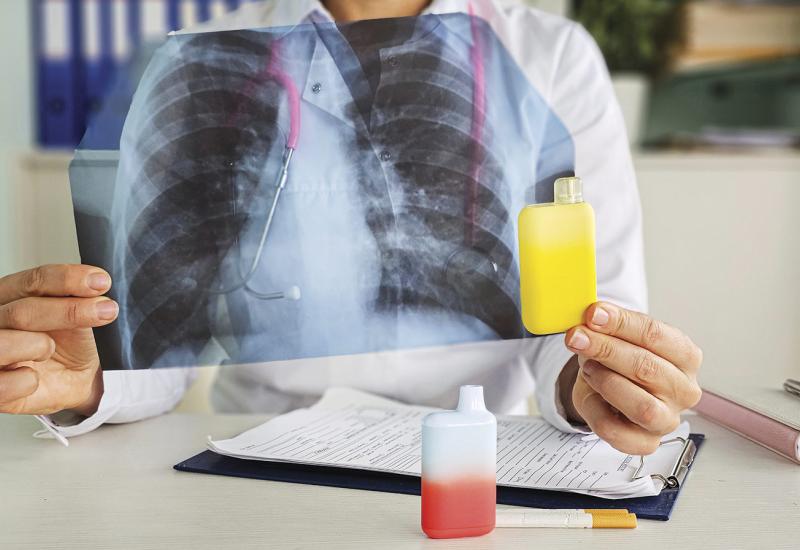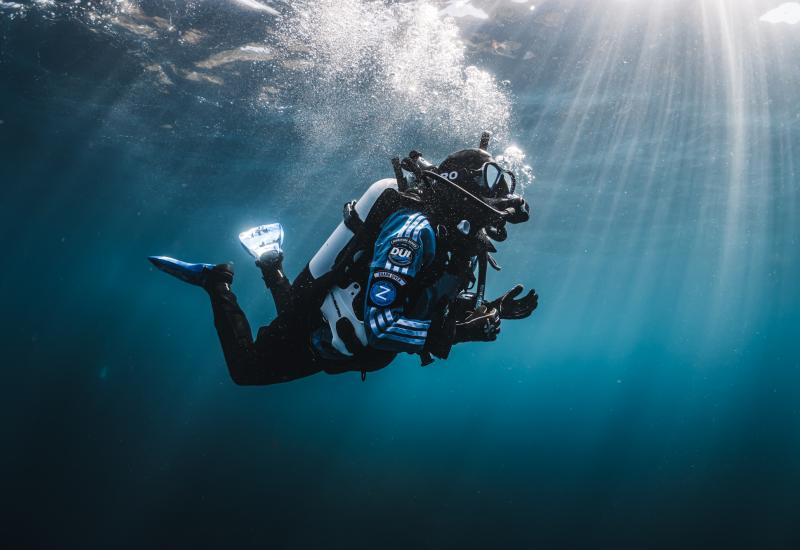Tips for Photographing Sharks and Big Animals Underwater

Barry Kulick
TIPS FOR UNDERWATER PHOTOGRAPHERS
Big animals can prove very skittish, and your behavior in the water has a huge effect on your images. You should be comfortable enough to remain calm, even in the face of a whale five times your size.
PICK YOUR APPROACH
Big-animal encounters can happen at any depth, so plan ahead. Shooting manta-ray photos at a cleaning station? Don scuba gear and sit on the seafloor. For creatures that cruise near the surface, try freediving.
GO WIDE, OR DON’T
Underwater photographers often grab their widest lens to shoot big animals. And it’s a great choice — if you can get close (really close). Talk with the divemaster about how approachable the animals will be, then choose your lens.
CHILL OUT
Big animals can prove very skittish, and your behavior in the water has a huge effect on your images. You should be comfortable enough to remain calm, even in the face of a whale five times your size. And on the bottom, it’s vital to have perfect buoyancy control.
LOOK UP
Position yourself slightly below your subjects, angling the camera upward to capture the surface in the background. This allows the camera to take in more natural light, so you can use faster shutter speeds.
TO STROBE OR NOT TO STROBE?
Extra light is almost always a good idea, unless the subject is beyond the strobe’s range. Even at the surface, using a low-power strobe as fill light can help expose your subject and background evenly. Here are some tips on positioning camera strobes.










